Since 1937, the Walt Disney Corporation has released 62 animated movies. The majority of these films have gone down in history as some of the most beloved and long-lasting animated films ever made. A major part of this success is due to the talent behind their iconic characters, including strong writing, stellar animation, and top-notch voice actors.
However, not every character can be a win, as proven by some of the worst Disney characters. Several Disney characters would rather be forgotten by fans, usually due to the writing and/or voice acting crossing from endearing to annoying for children and adults alike. The most annoying ones will forever be remembered as failures on the company’s part.
20
Mertle Edmonds
‘Lilo & Stitch’ (2002)
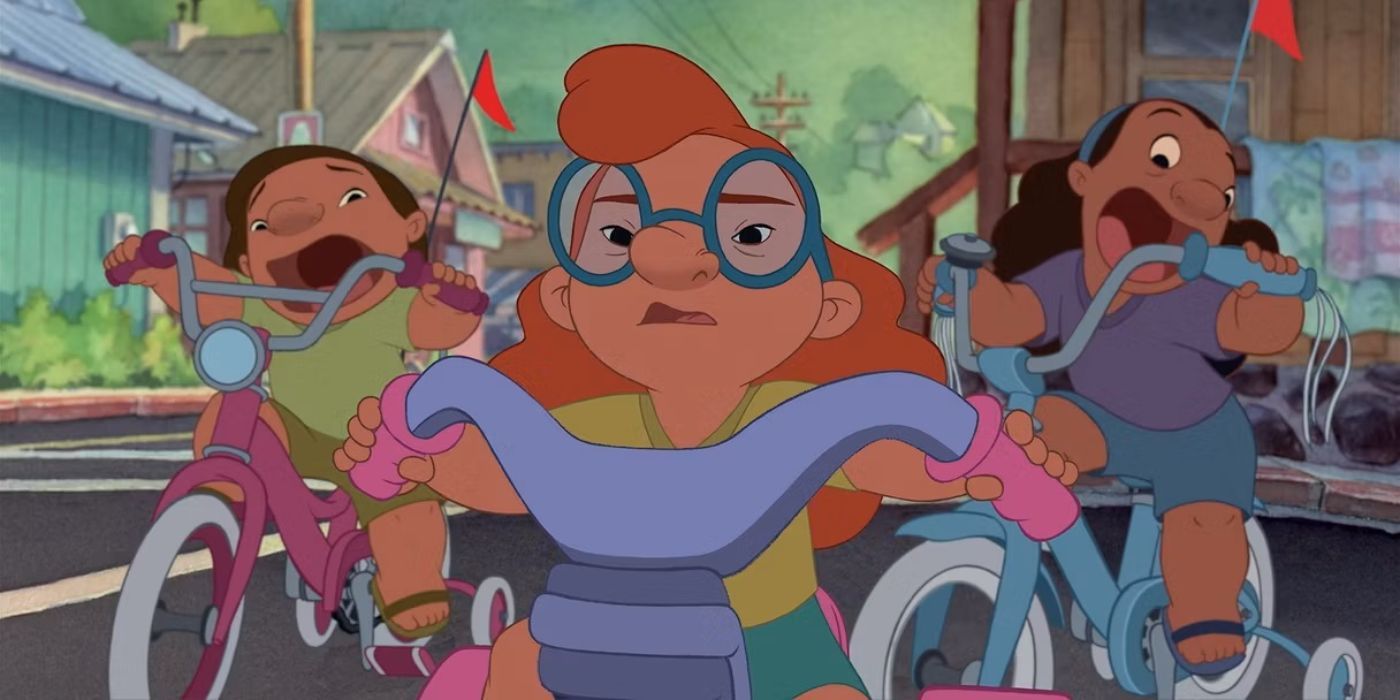
Lilo & Stitch was the most successful film to come out of Disney’s post-Renaissance era thanks to its humor, beautiful depiction of Hawaiian culture, and emotional story about a broken family trying to put the pieces back together. One thing that makes this difficult for the protagonist, Lilo, is that she has a hard time making friends. Though she tries to befriend the girls from her hula class, they instead flock to Mertle Edmonds, who is obsessed with reminding Lilo how weird she is.
Mertle is the kind of character who is annoying because of how real she is, which is a testament to Lilo & Stitch’s quality. She plays out like a typical mean girl, berating Lilo with the help of her posse, but the moment someone stands up to her, she crumples and cries. Her annoying tendencies are also accentuated because, unlike the rest of the antagonists in the franchise, Mertle doesn’t have many redeeming qualities.
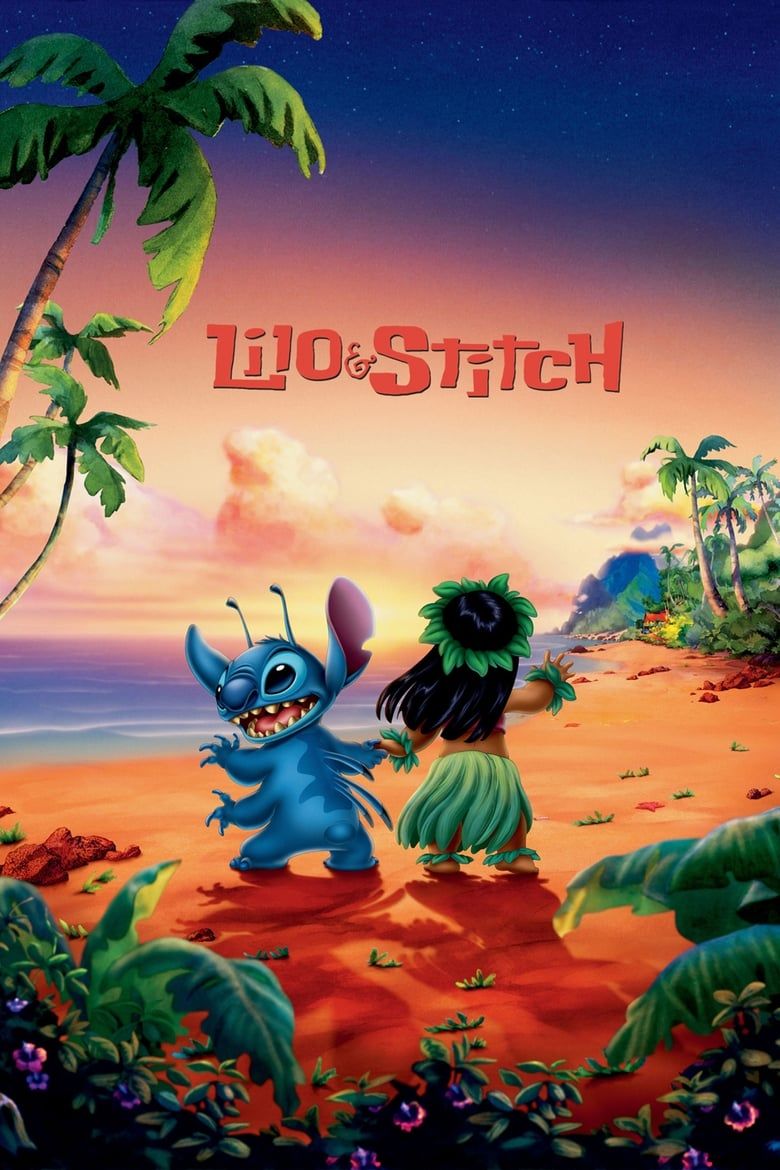
Lilo & Stitch
- Release Date
-
June 21, 2002
- Runtime
-
85 minutes
-

Daveigh Chase
Lilo (voice)
-

Chris Sanders
Stitch (voice)
19
Tito
‘Oliver & Company’ (1988)
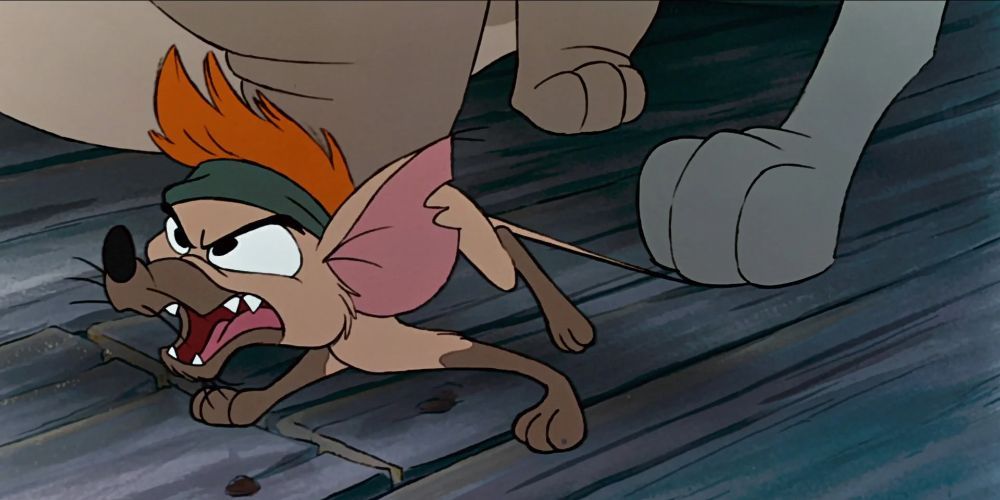
Before Cheech Marin voiced Banzai in The Lion King, he first appeared in Disney as the voice of Tito the Chihuahua in their modern re-telling of Oliver Twist. As a member of Fagin’s dog gang, he tries to help his master avoid his debts to the loan shark, Bill Sykes, by stealing valuables for him to pawn. Despite his size, Tito’s abrasive attitude ensures that he is always heard.
Tito’s issue is that he combines multiple annoying character traits into one small package. His spitfire attitude harkens to the little guy who thinks he’s invincible, and his constant flirtation towards female dogs too suave. Fortunately, the other canine characters are present to balance him out, and his back and forth with the poodle voiced by Bette Midler leads to a funny resolution.
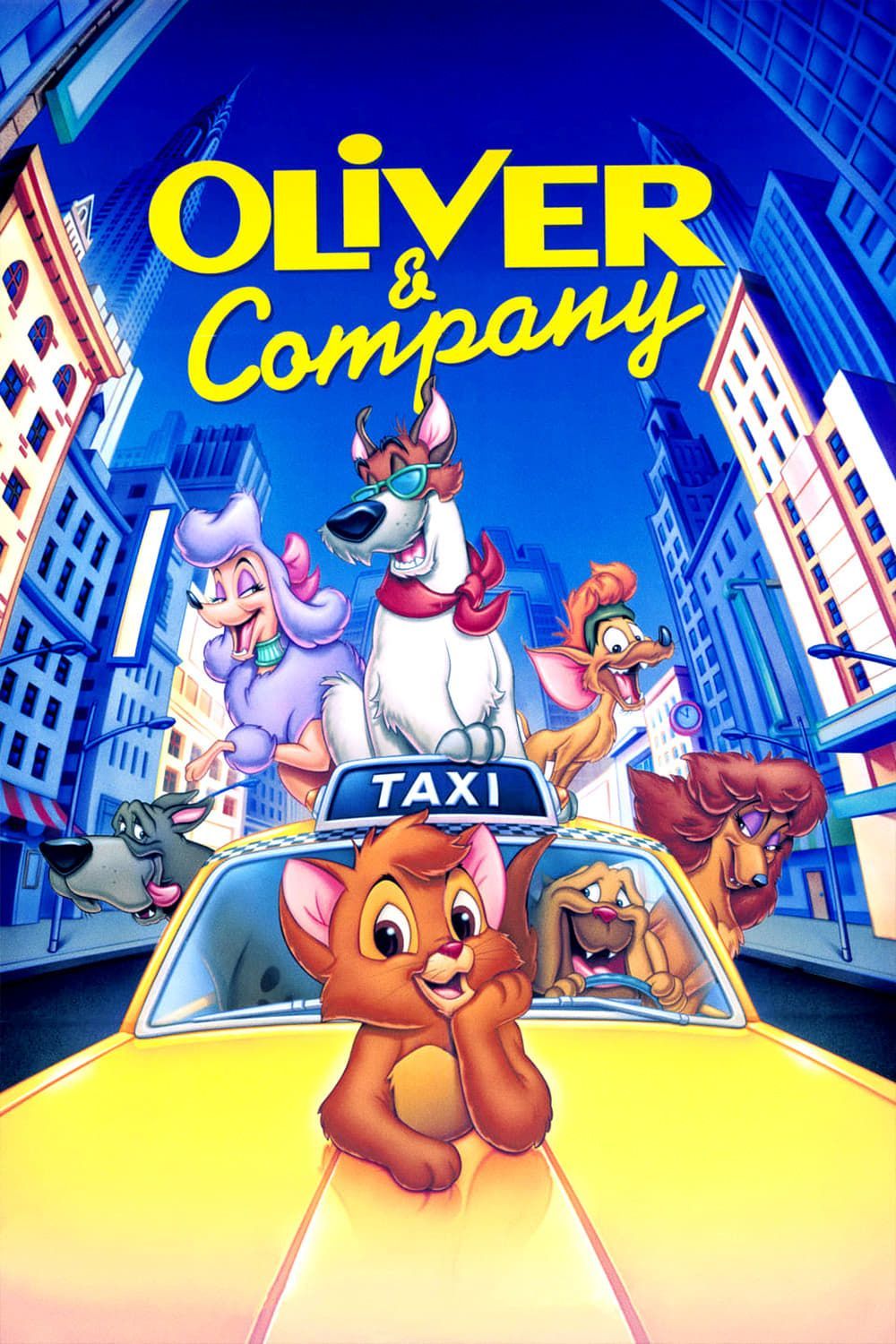
Oliver & Company
- Release Date
-
November 18, 1988
- Runtime
-
74 Minutes
- Director
-
George Scribner
18
Heihie
‘Moana’ (2016)
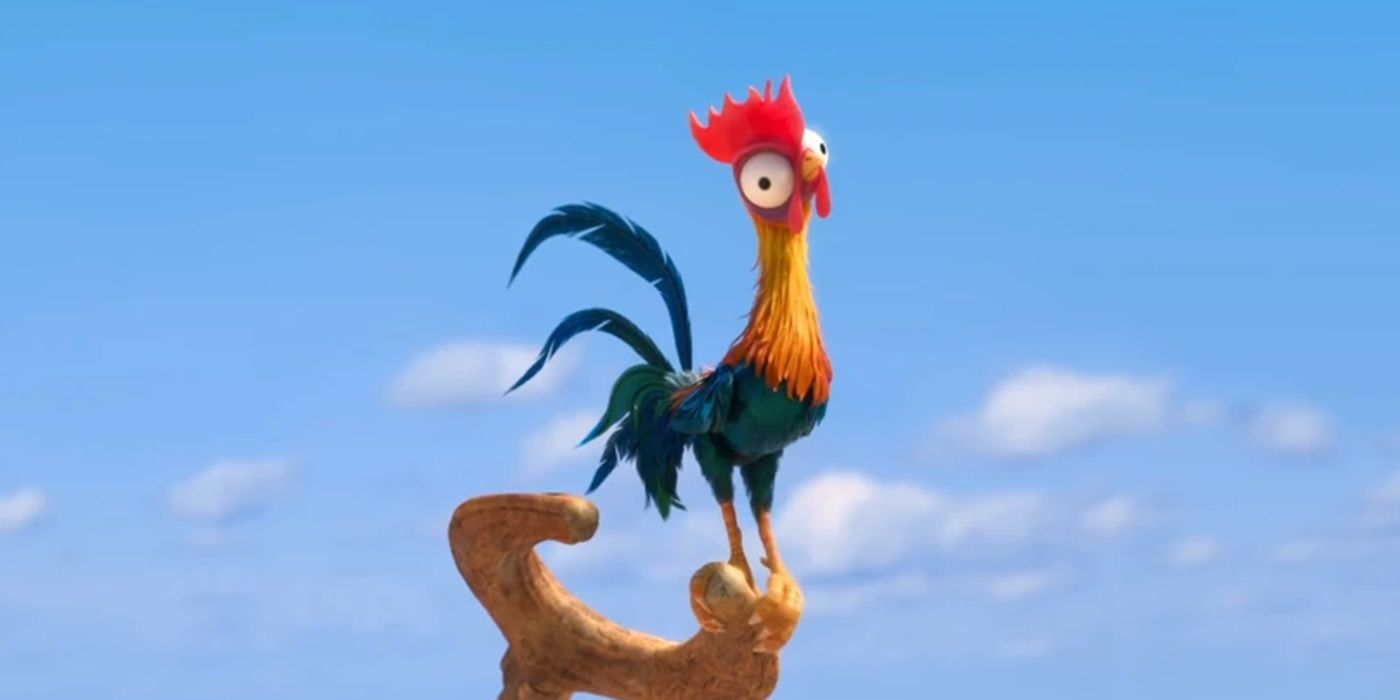
The promotional material for Moana frequently showed Moana standing or sailing with Pua, her pet pig. Yet audiences were confused when the film was released: Pua only appears twice at the beginning and ending of the film, staying behind while Moana goes on her quest. Instead, her animal companion is an accident-prone rooster named Heihei, described as “lacking the basic intelligence required for pretty much everything.”
Heihei is that type of side-character who contributes so little to the story that, if he were cut, the film wouldn’t change. Aside from catching the heart of Te Fiti during the climax, his main purpose is to wander into danger, forcing Moana to rescue him, and elicit laughs due to his low intelligence. It’s a shtick that gets old very quickly, and makes you wonder how different things would have been if Heihei had stayed behind (or was eaten) and Pua went on the journey instead.
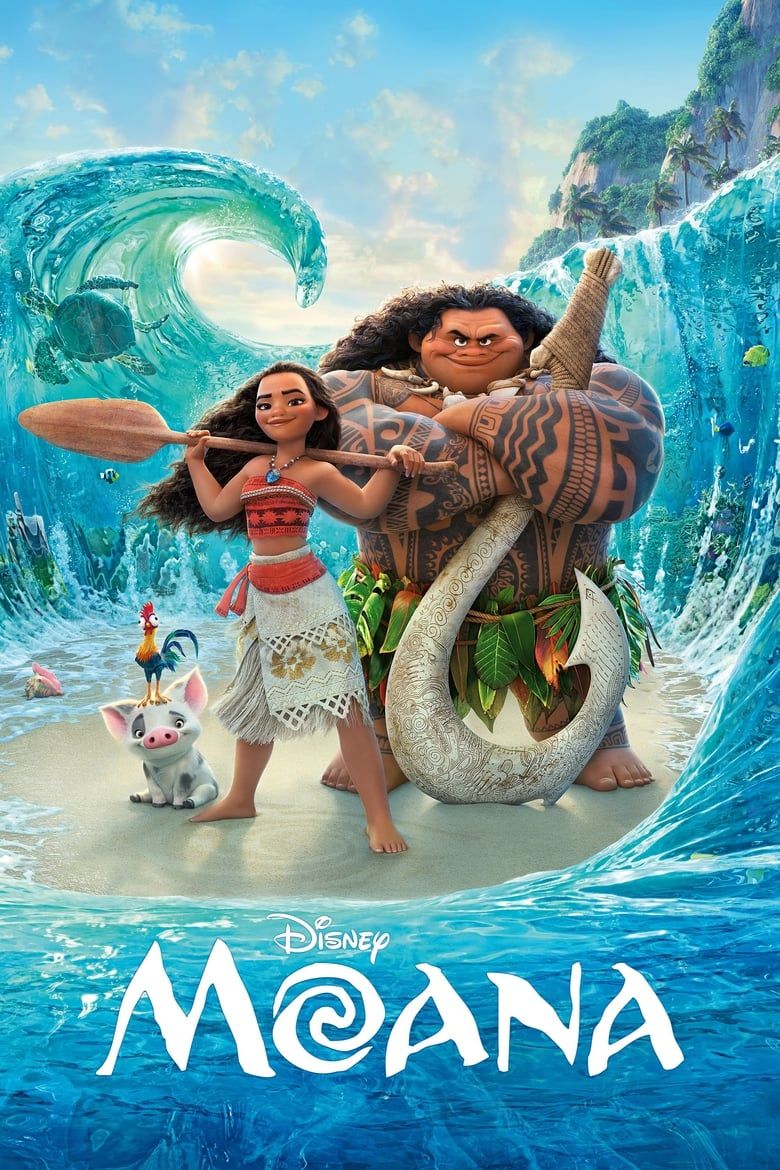
Moana
- Release Date
-
October 13, 2016
- Runtime
-
107 minutes
17
Olaf
‘Frozen’ (2013)
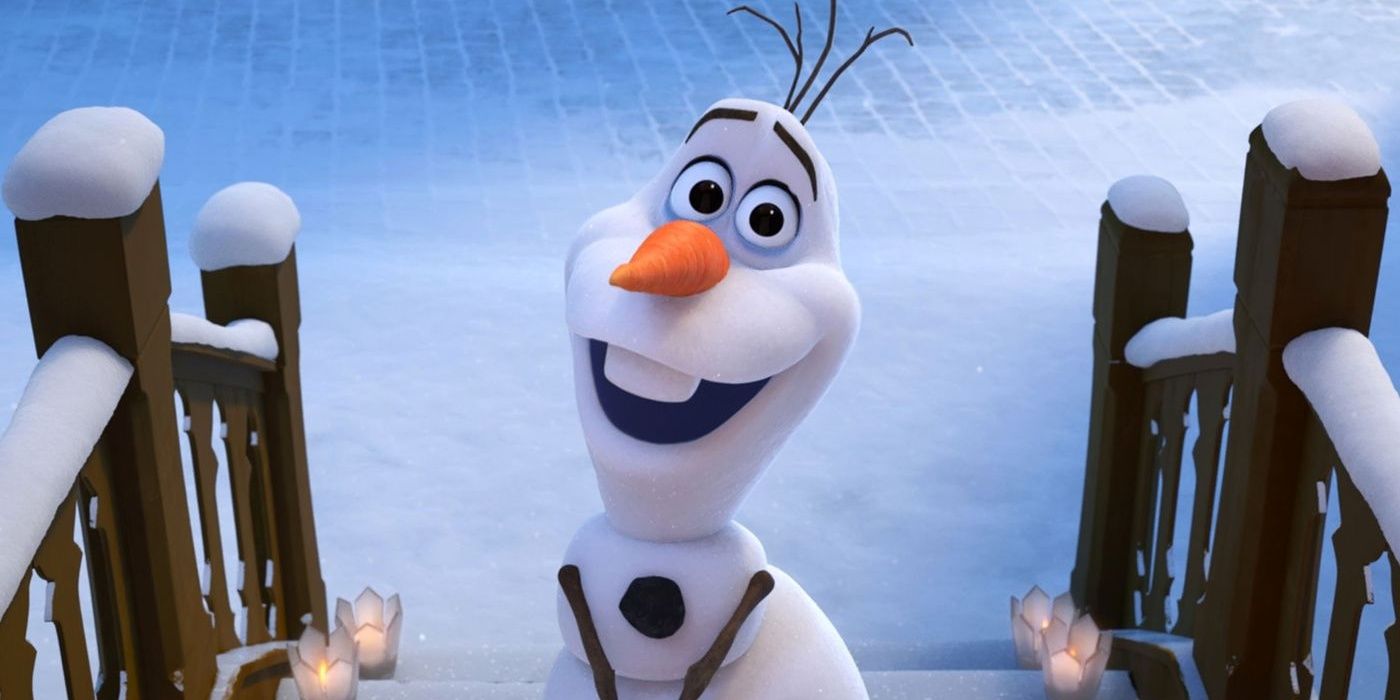
Frozen blew all expectations on release, winning critics and audiences over with its gorgeous animation, catchy songs, and likable characters. Among those was Olaf, a living snowman played by Josh Gad, who approached life with a child-like sense of wonder. Unfortunately, Olaf’s shtick wore itself out in future shorts and the film’s sequel, Frozen II.
While Olaf’s child-like wonder and naïveté was cute, it borders on aggravating and annoying the longer the franchise goes on. Frozen II is Olaf at his worst, as his subplot about wondering what life will be like when he’s older drags the story to a halt. Worst yet, he isn’t even as useful as he was in the first movie, and feels like an obligatory tag-along to this dive into Elsa and Anna’s family history.
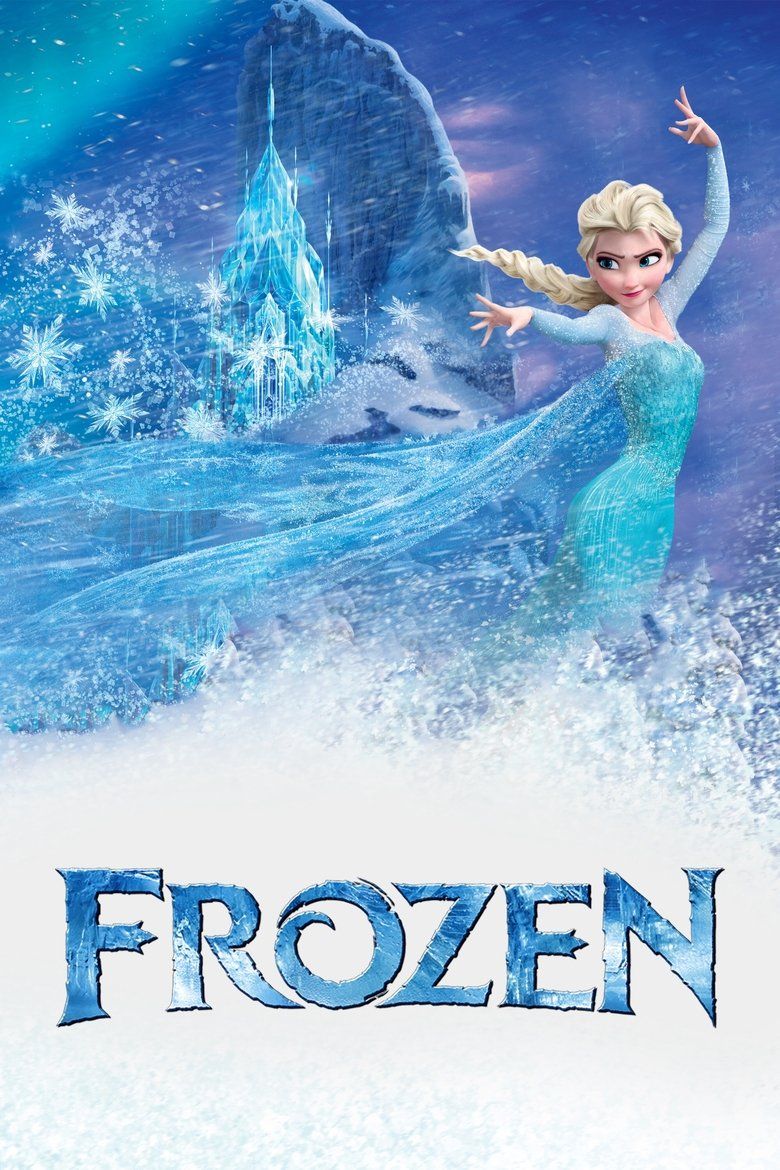
Frozen
- Release Date
-
November 27, 2013
- Runtime
-
102 minutes
16
Iago
‘Aladdin’ (1992)
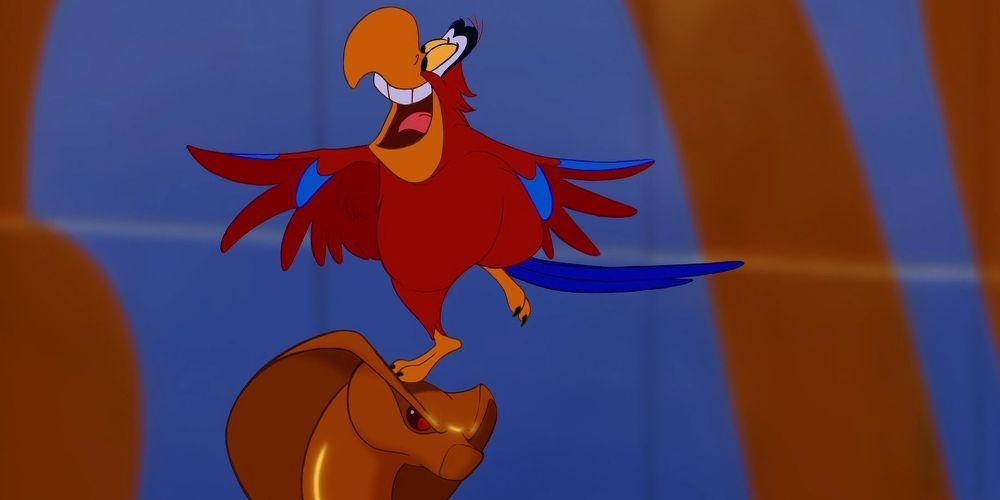
Love him or hate him, Gilbert Gottfried had a very distinct and iconic voice that set him apart in Hollywood, making any character that he voiced instantly recognizable to an audience. Aladdin‘s Iago is arguably his most popular vocal performance during his career, making the conniving parrot many audiences’ first and possibly even only encounter with Gottfried and his voice. Even aside from the vocal performance itself, Iago as a character is highly treacherous and mischievous, as he is the cartoonish underling of one of Disney’s most ruthless villains.
Especially for audiences who aren’t aware of Gottfried and had Aladdin as their first exposure to his voice, they may very easily find the performance and character of Iago to be highly infuriating to watch and hear. While the character definitely has its fans and die-hard defenders, it also equally has as many haters and those who vehemently oppose the character any time they appear on-screen. Especially with the nearly pitch-perfect films that Disney created during their Renaissance era, Iago sticks out as the easiest and most apparent aspect to criticize and wish it didn’t exist. – Rob Lee

Aladdin
- Release Date
-
November 25, 1992
- Runtime
-
95 Minutes
15
Phil
‘Hercules’ (1997)
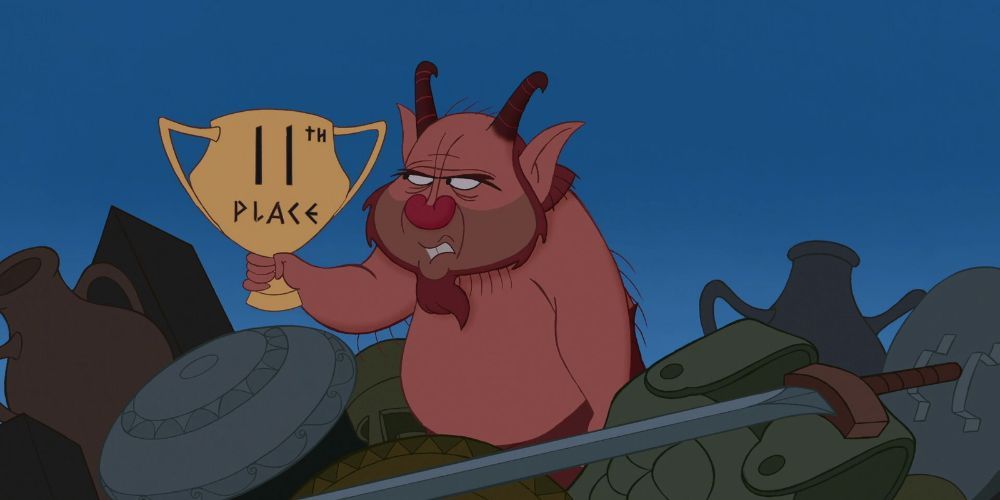
In their attempt to make Hercules a commercial hit, directors John Musker and Ron Clements combined classic tropes from sports and superhero films. This is best seen in the character of Philoctetes, or Phil to his friends. Voiced by Danny DeVito, this out-of-shape satyr is an expert on training heroes in the hopes that one day one of his pupils will be recognized by the gods.
Sadly, not even this decent motivation or the artistic talent of supervising animator Eric Goldberg can salvage Phil as a character. When he’s not training or encouraging Hercules, he’s lusting after women to an uncomfortable degree. DeVito’s performance usually devolves into a loud, obnoxious rage, and his song “One Last Hope,” is the worst because he can’t sing.
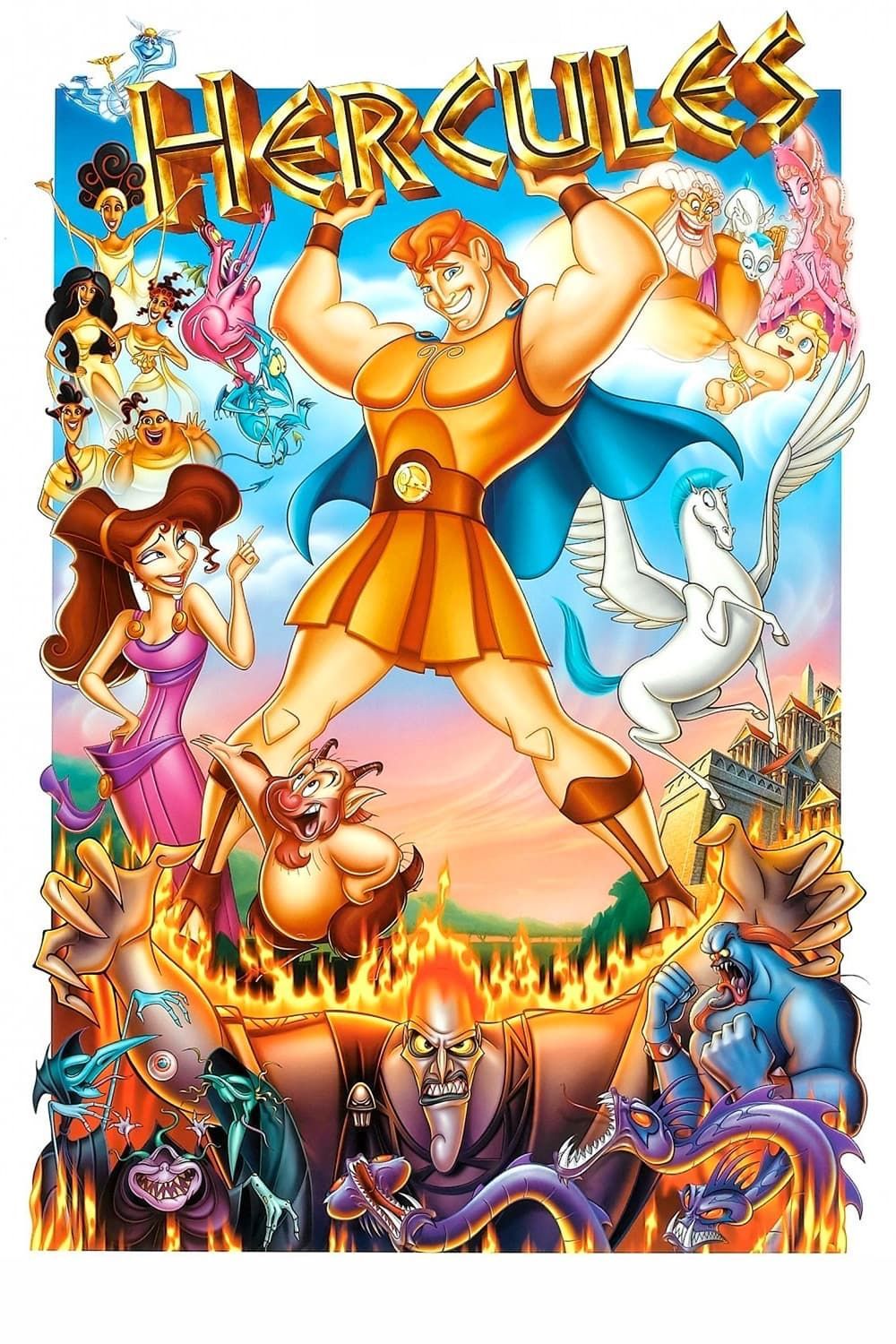
Hercules
- Release Date
-
June 13, 1997
- Runtime
-
93 Minutes
14
Mushu
‘Mulan II’ (2005)
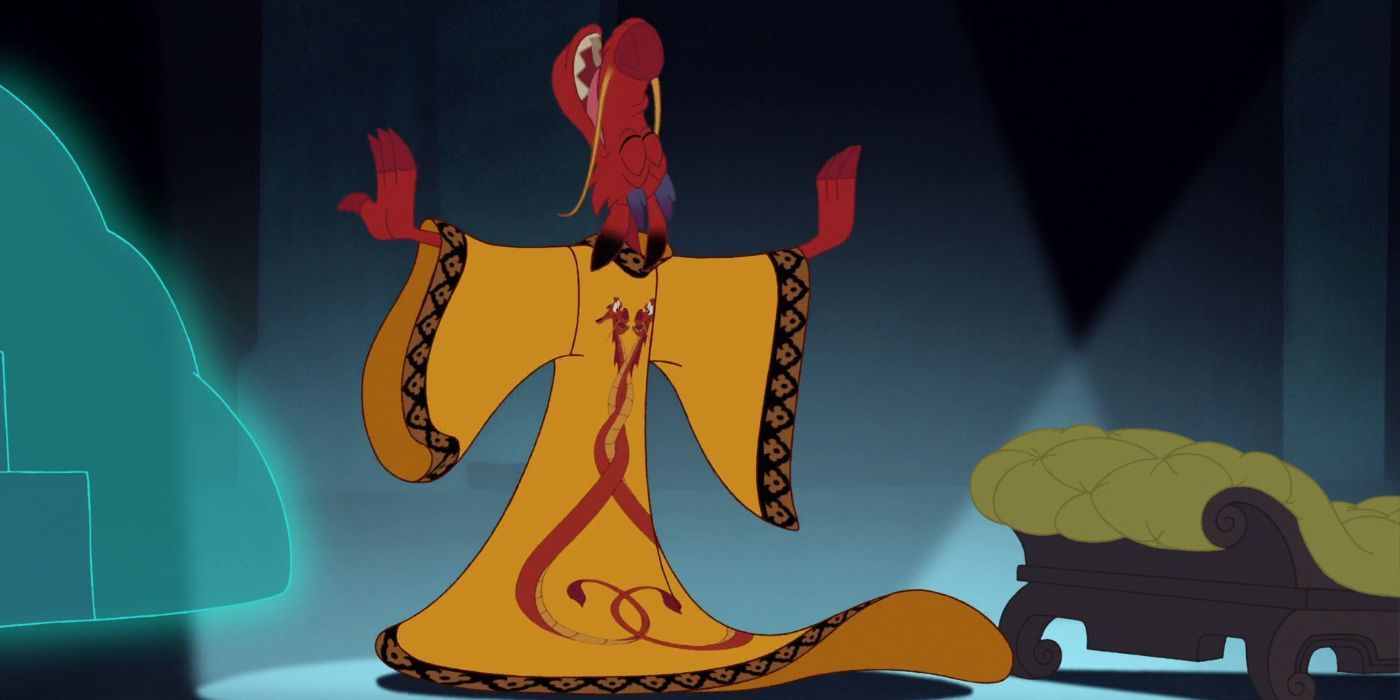
Eddie Murphy was the king of comedy in the 1980s and had a decent film career in the 1990s. One of his most beloved roles was Mushu, the wisecracking dragon guardian to the titular heroine in Mulan. However, few fans can defend him in the straight-to-DVD sequel, where not only is Murphy replaced by Mark Moseley, but Mushu goes from an enjoyable side-character to a despicable jerk.
When Mushu learns that he will lose his job when Mulan marries Li Shang, he sabotages their mission and tries to drive them apart. Not only is this out of character given his growth from the first film, but the film ends with him being rewarded for his terrible behavior. Combined with his poor attempts at comedy, you have not only an annoying character, but one of the worst examples of character-assassination in Disney’s canon.
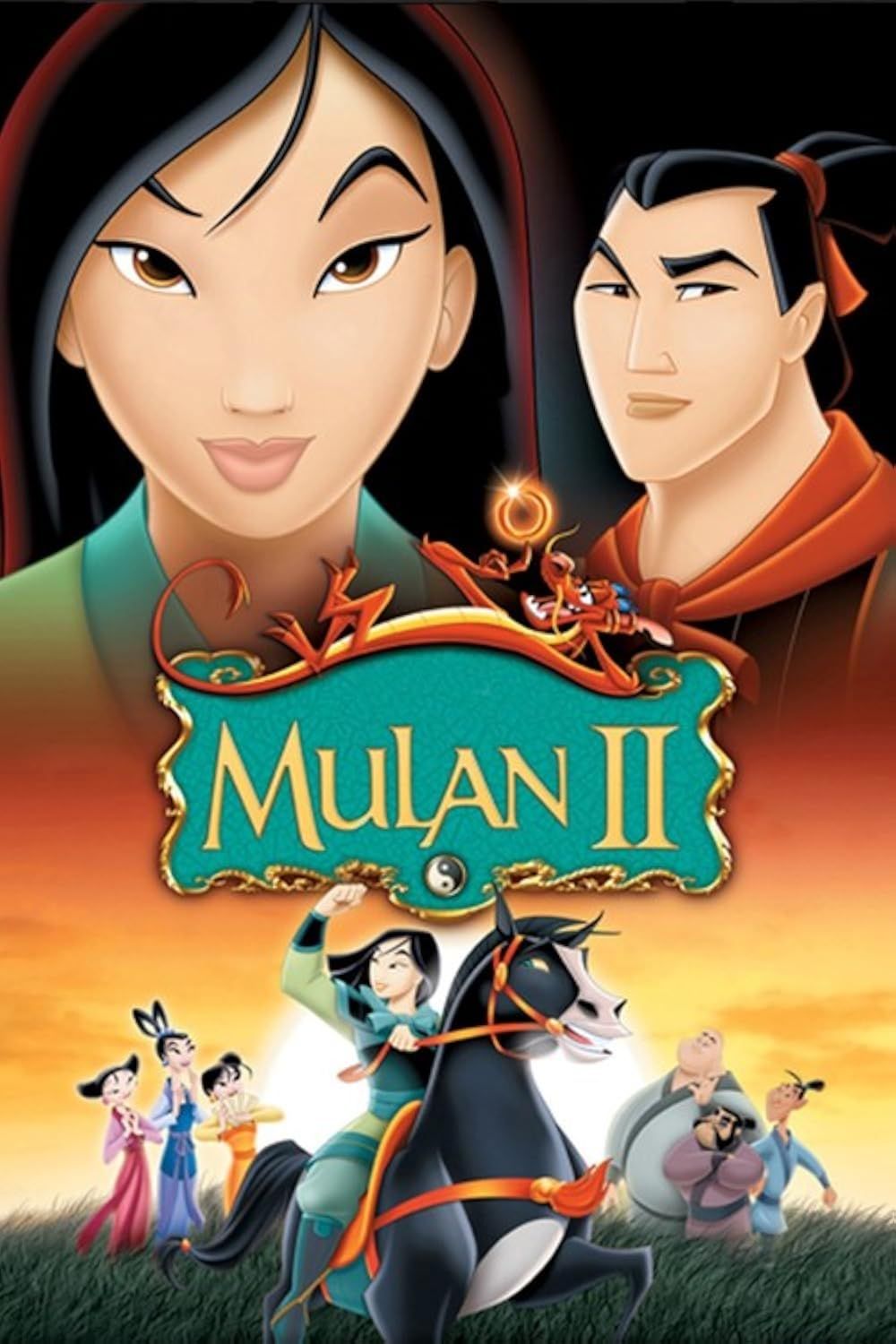
Mulan II
- Release Date
-
February 1, 2005
- Runtime
-
79 Minutes
13
Terk
‘Tarzan’ (1999)
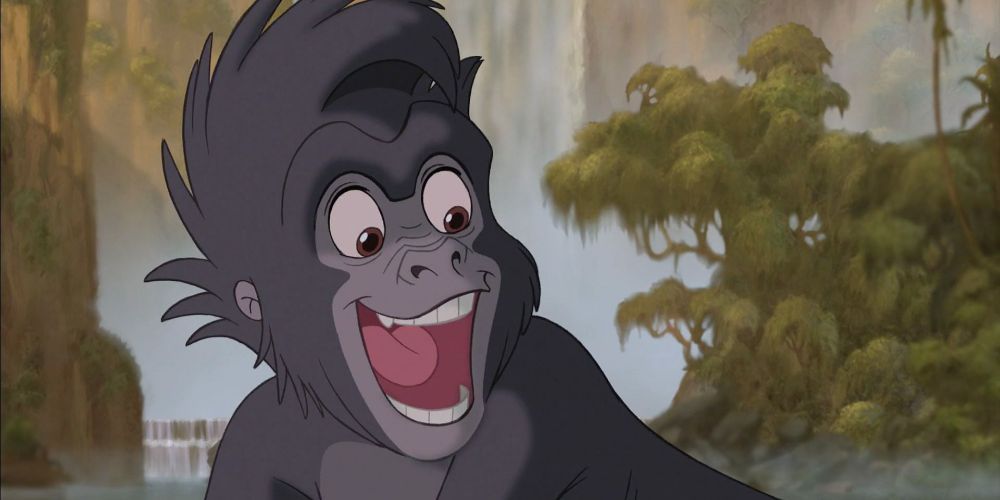
As the last film of the Disney Renaissance, Tarzan offers audiences a glimpse of the techniques of the decade mingling with the new ideas of the post-Renaissance. One of those was a glimpse at the type of side-characters to expect in the form of Terk. This young gorilla was created to give Tarzan a friend among his gorilla community, but a number of factors had audiences wishing Clayton would shoot her.
Terk tries to be the complete package of tomboy best friend, cool older sister, and joke-slinging sidekick. As a result, every time she’s on-screen, it’s like she’s competing with the other characters to be the most memorable, which results in her feeling obnoxious. This is exasperated by Rosie O’Donnell’s performance, which sounds more aggressive than her peers, and strips what little charm was there.
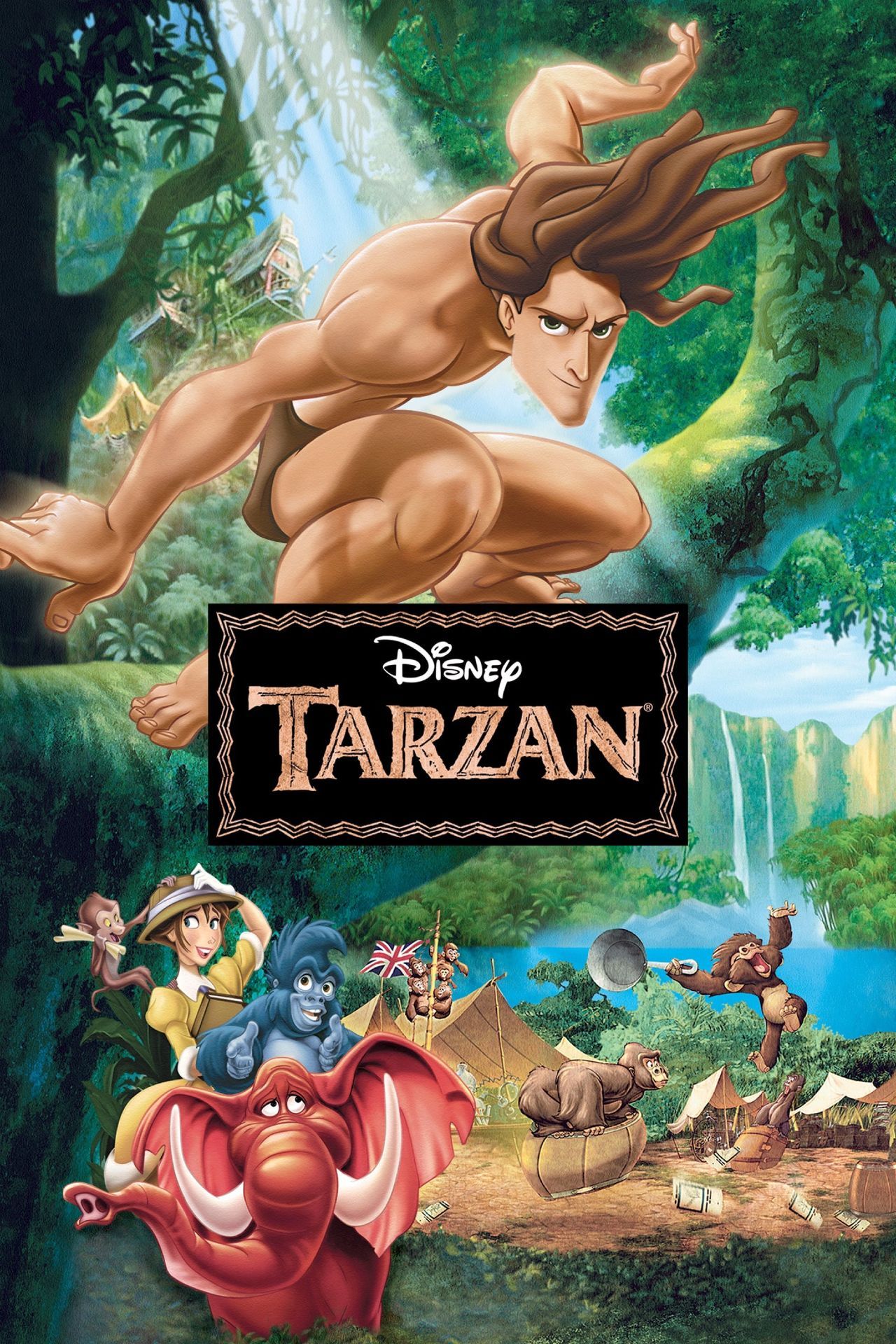
Tarzan
- Release Date
-
June 18, 1999
- Runtime
-
88 Minutes
12
Vanellope von Schweetz
‘Ralph Breaks the Internet’ (2018)
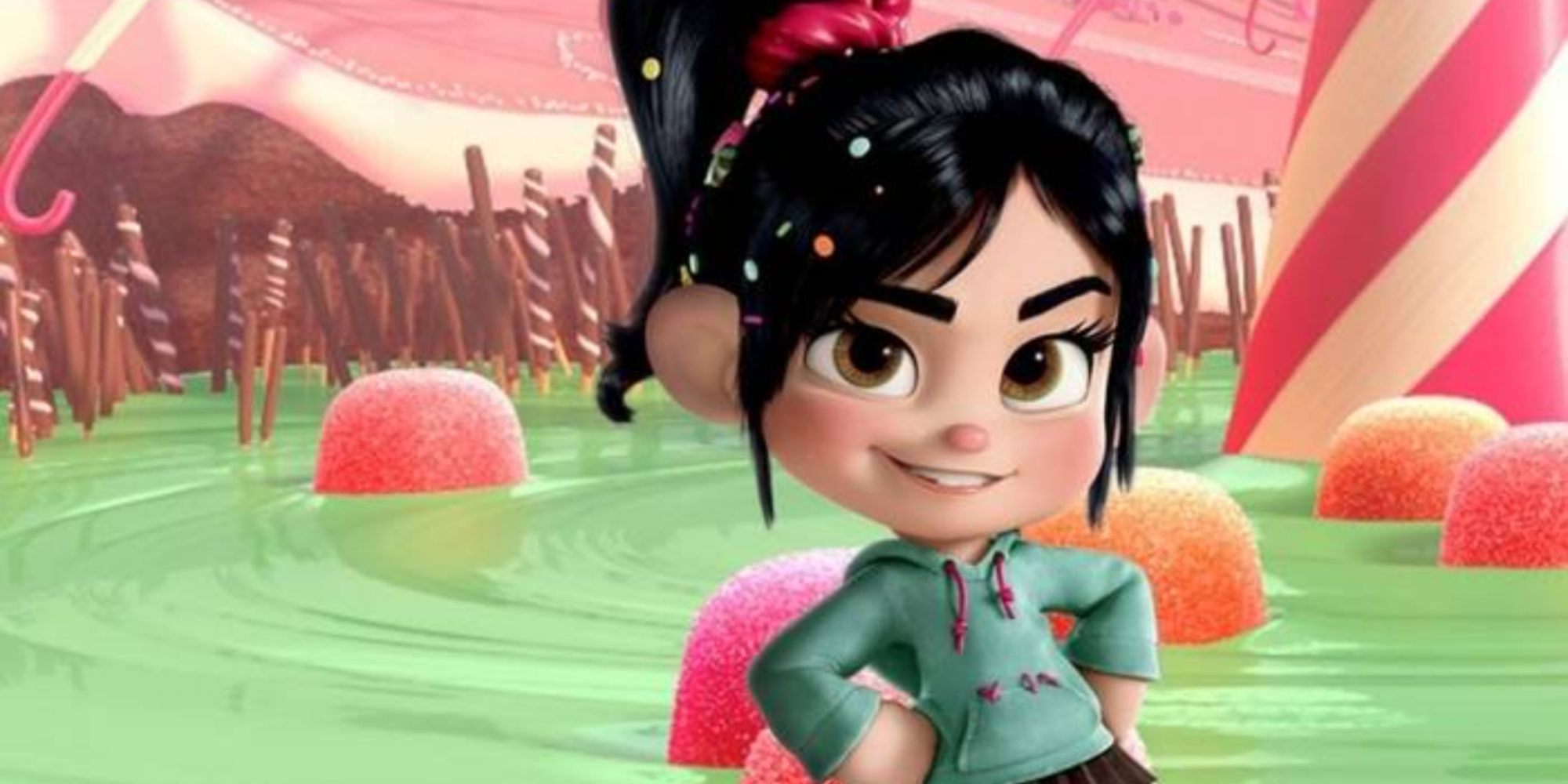
While Vanellope von Schweetz was actually a pretty enjoyable and great character in the original Wreck-It Ralph, the same can not be said for her character and portrayal in the sequel Ralph Breaks the Internet. Her character in the second film is highly defined and motivated by her desire to do much more than the limitations of the arcade and is blown away by the infinite possibilities of the internet. While it works well enough as its own story of having the bird leave the nest and having people grow and be their own people, it goes against a lot of what the first film set up.
Vanellope’s quirky and against-the-system attitude works well enough in the confines and story of the original Wreck-It Ralph, but this sequel does very little to add to it and only emboldens its most annoying qualities. Vanellope’s quickness to leave the arcade as a whole in order to explore the internet seems fine enough on paper, but considering the first film, it has massive consequences. It’s established that entire games and their citizens could have their homes destroyed if a character is lost and the game is deemed broken by the arcade, making Vanellope’s actions appear much more selfish and self-centered than intended. – Rob Lee
11
B.E.N
‘Treasure Planet’ (2002)
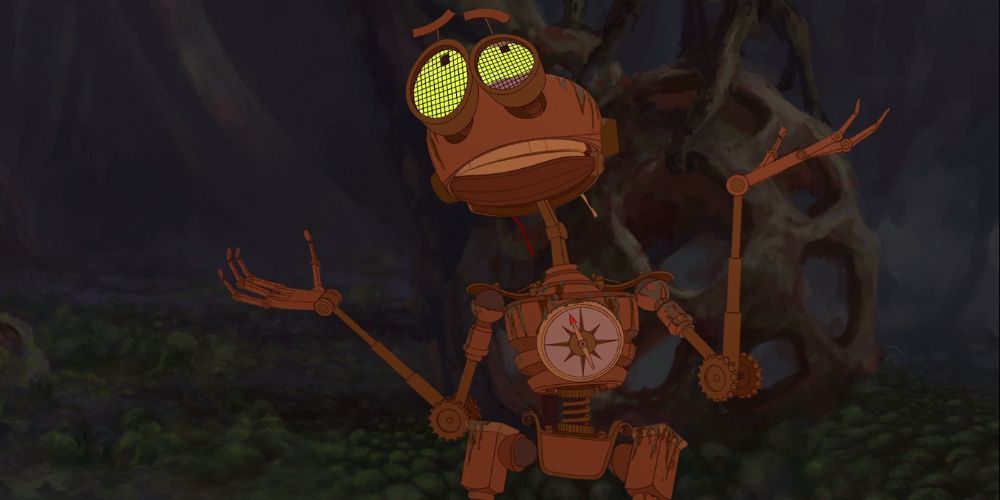
Treasure Planet remains the most expensive traditionally animated film ever made, and one of Disney’s largest box-office bombs. This is due to a lot of experimental technology that was used in its creation. This included B.E.N (short for Bio-Electronic Navigator), a robot stand-in for Ben Gunn from the original Treasure Island, animated entirely in CGI.
While B.E.N doesn’t show up until the film’s last act, his impact on its quality is far-reaching. B.E.N causes more problems than he solves, primarily due to saying every other line as loud and obnoxious as possible. The majority of B.E.N’s scenes were used in the movie’s trailer closer to release, which likely helped contribute to the film’s poor release.




